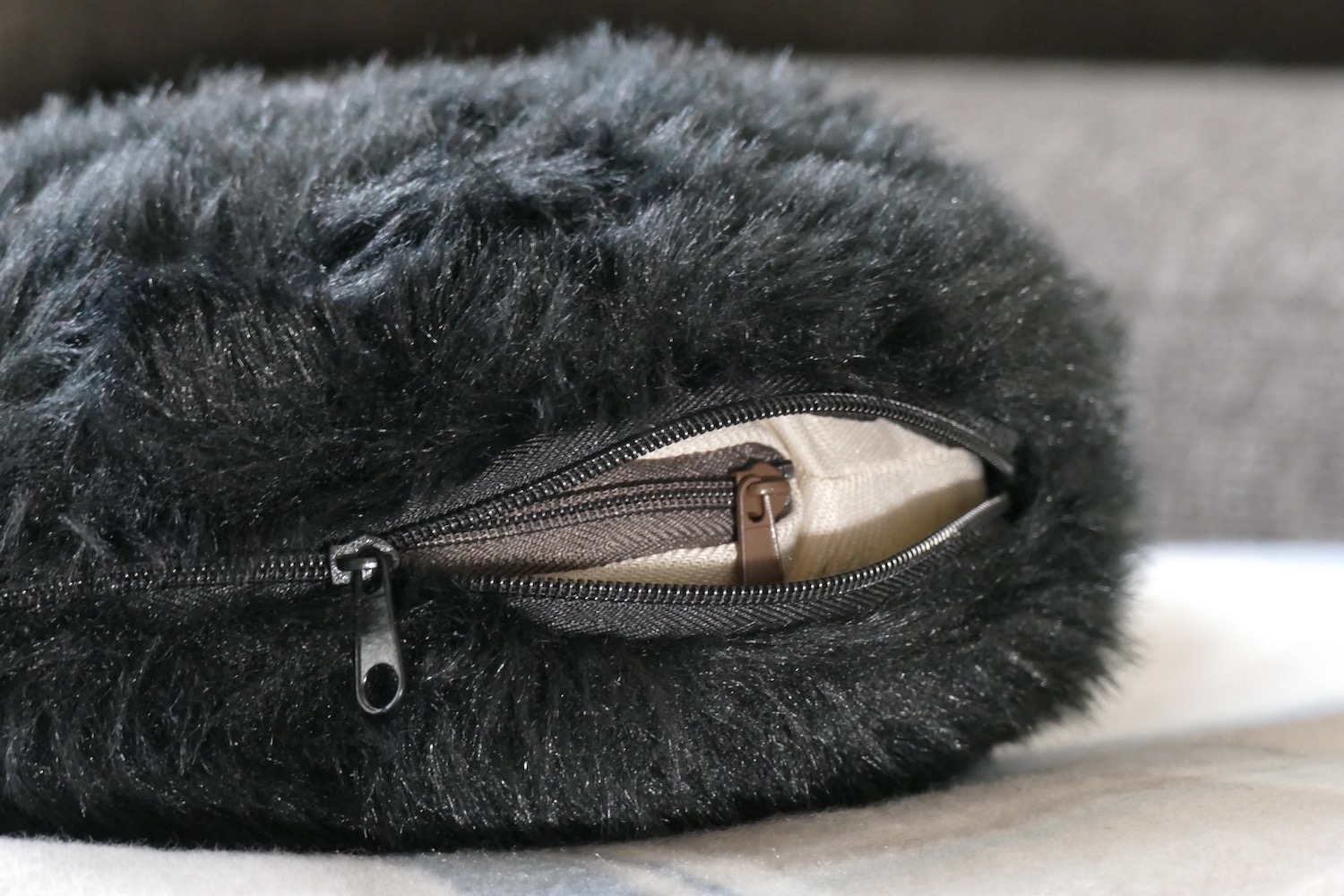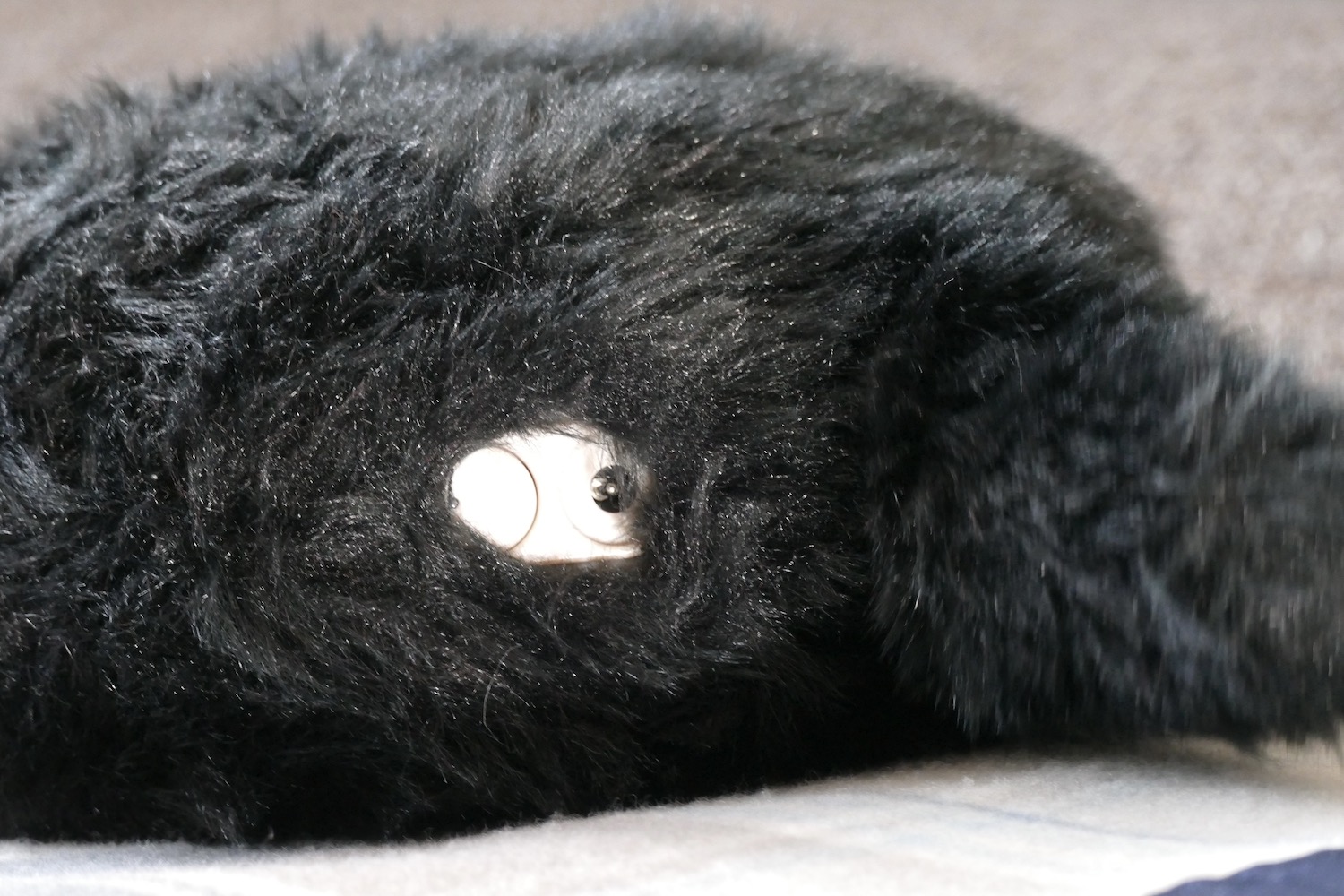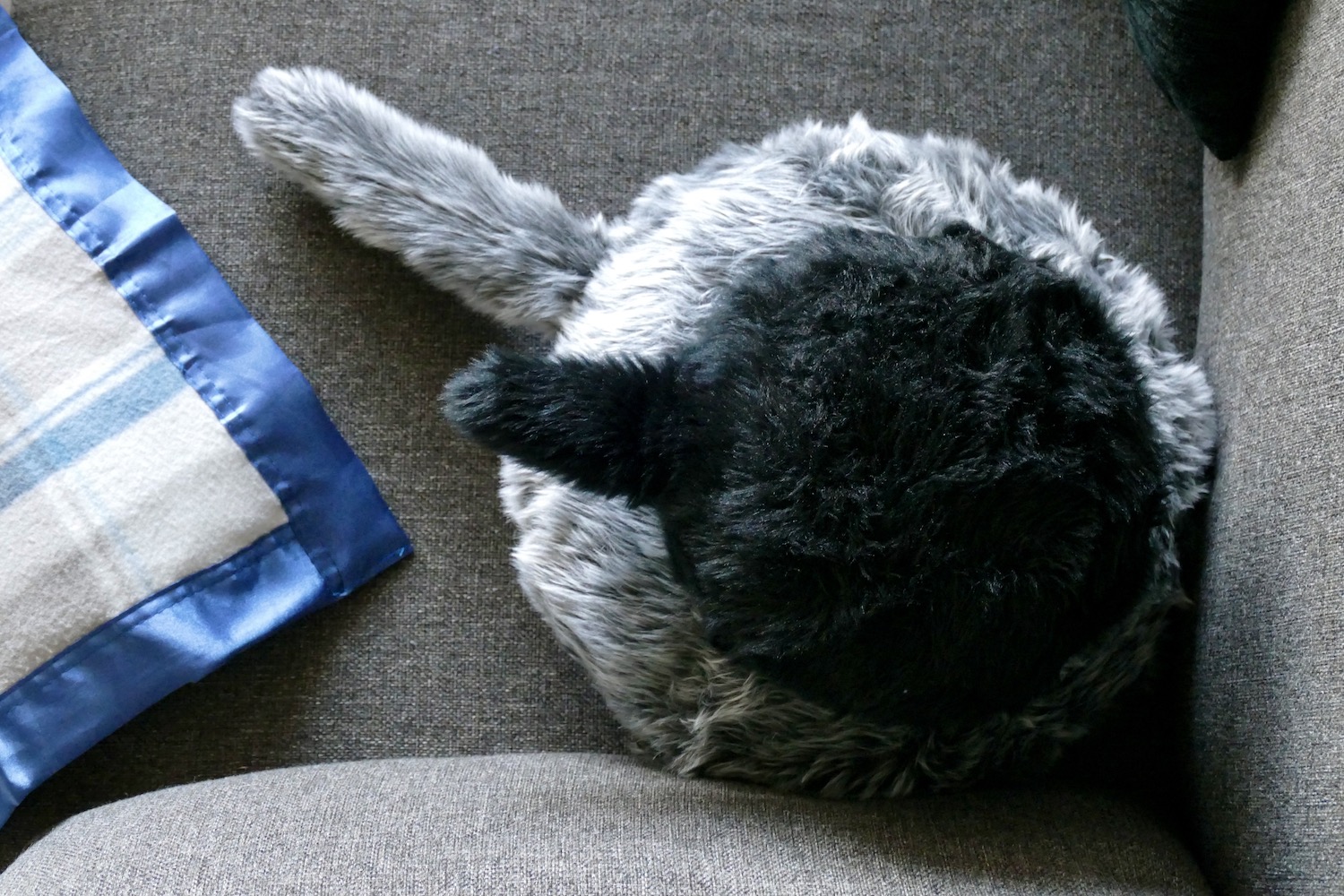A pair of little robots have made my life under lockdown rules much better. I should probably clarify this a little more: Two robots have made my mostly solitary life under lockdown better. If there’s one thing that grates after a while when living on your own during a pandemic, it’s your own company, but if there’s one thing that helps cure this, it’s something cute.
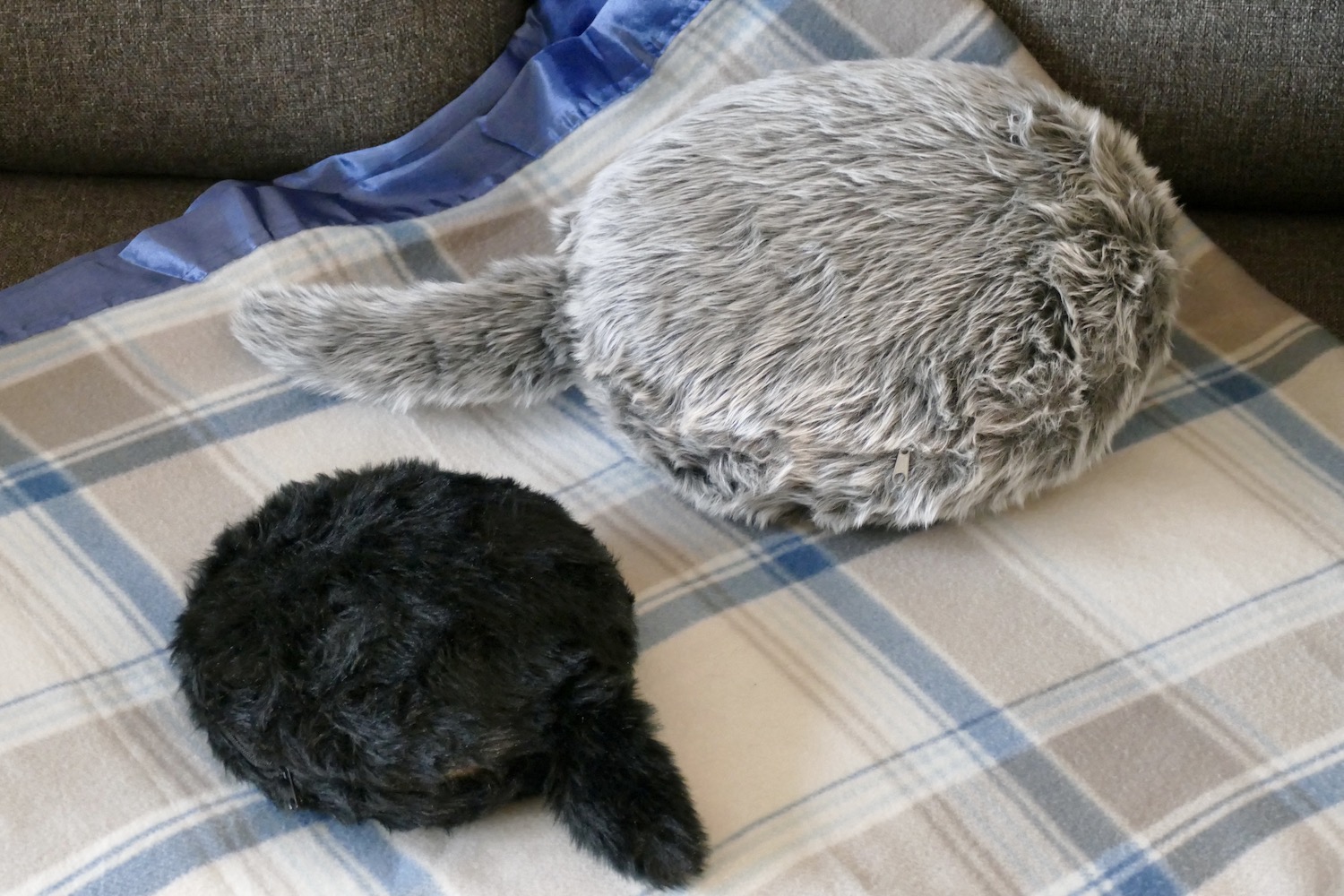
I now share my home with Qoobo and Petit Qoobo, two robotic, tailed cushions that obviously aren’t alive, but still manage to provide a comforting, relaxing presence. I can almost feel your incredulity from here, and that’s understandable. However, I hope to change your mind.
How it all began
It was more than a year ago that it all started. I was walking around one of the preshow events at CES 2020 when I met Shunsuke Aoki, CEO of Yukai Engineering, who was showing off Qoobo, a “tailed cushion.” I’m easily swayed by something even remotely cute, and if Qoobo is anything, with its furry body and wagging tail, it’s cute. We had a brief chat about Qoobo at the time, and then after the show, made plans to talk in more detail when I visited Tokyo in March.
I am fascinated by the concept of products like Qoobo, the people who come up with them, and the idea of sharing life with artificial creations as a whole, whether it’s animal-like robots like Qoobo or Sony’s Aibo, or digital humans like Gatebox’s Hikari or the Samsung-backed Neon. Obviously, my trip to Tokyo never happened due to the pandemic, but I never forgot Qoobo, nor did I realize quite what an impact the little robot would have on my life a year later.
What is Qoobo?
I’ve heard Qoobo described by the heartless as a headless cat, but the official “tailed cushion” description is far more pleasant. It’s accurate, too — Qoobo is a squashy circular cushion with a motorized tail that reacts to your touch, sounds around it, and also just on its own to get some attention. Like many other pieces of tech, it has an on/off button and a battery that needs charging. Unlike other pieces of tech, it’s incredibly sweet, truly endearing, and surprisingly calming.
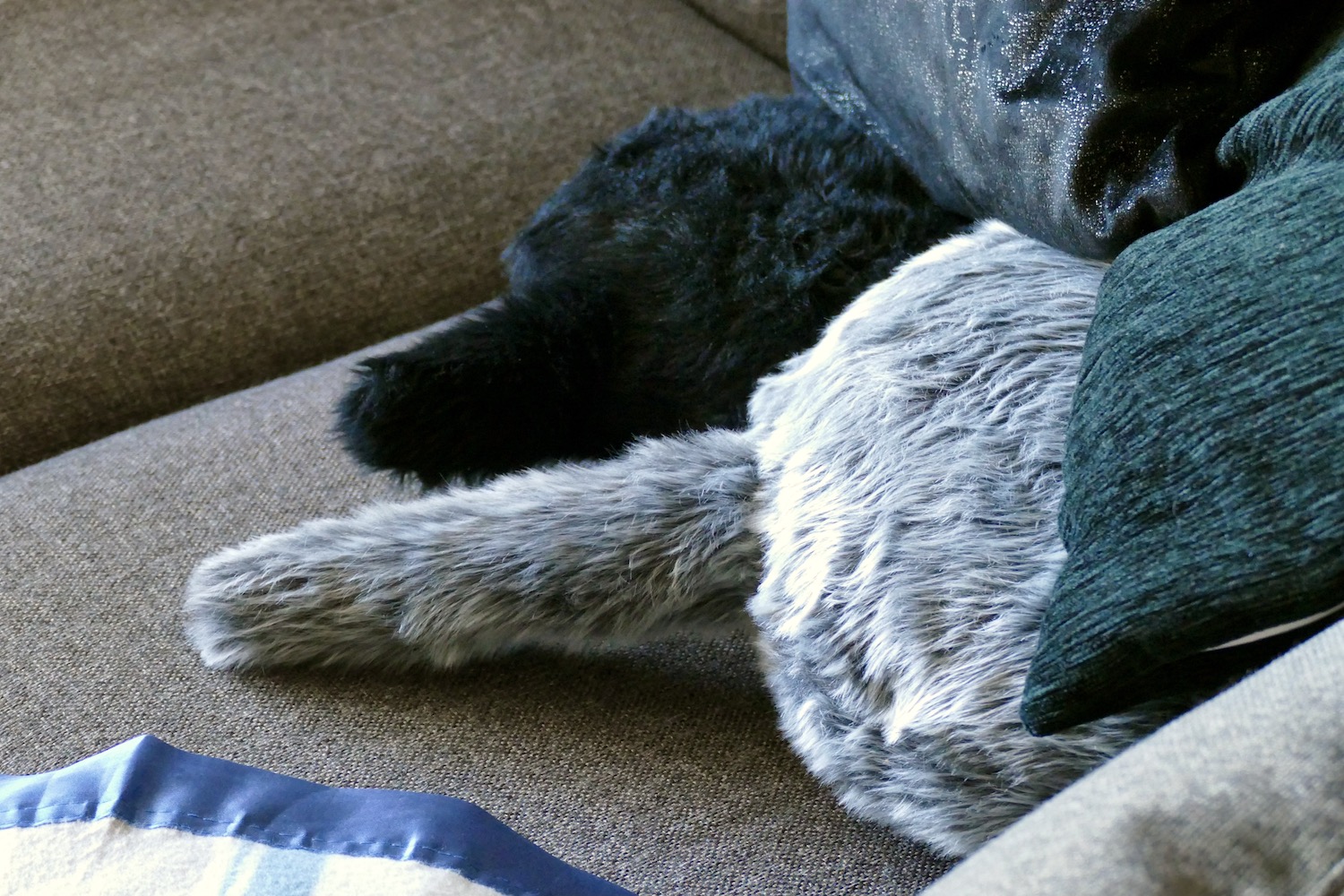
There are two versions. The full-size Qoobo with its long tail, and the smaller Petit Qoobo with its stubby tail. When you stroke either Qoobo, the tail will move, and the speed and movement differs depending on the motion and force of your stroking. There are also differences between them. Petit Qoobo’s tail moves at a faster pace and in more varied ways, while Qoobo has a lazier personality until you pat the body, when the tail moves more frantically. I’m unsure if it’s happiness or anger.
Petit Qoobo has a small heartbeat you can feel when it’s sitting on your lap or being held in your hands. The tail also reacts to sudden sounds, like a clap or a laugh, while Qoobo’s tail will move of its own accord to greet you, or to remind you it’s there. Neither make their own noises, but the motor driving the tail does have a very distinct sound, which always makes me smile when I hear it randomly from Qoobo as the tail just wags on its own.
The science of stroking
Now that you know what Qoobo is, let’s talk about why I wanted one in the house. When I spoke to a friend about Qoobo, he asked me, “Why don’t you just get a real cat? With a head?”
Fair question. In an ideal world, I would have a real pet to keep me company, but I can’t have pets where I live, so bringing in a dog or cat isn’t an option. I wanted something that goes beyond getting a plant to talk to, and that may also allow me to examine firsthand some of the benefits I’ve read about robots of Qoobo’s type for years.
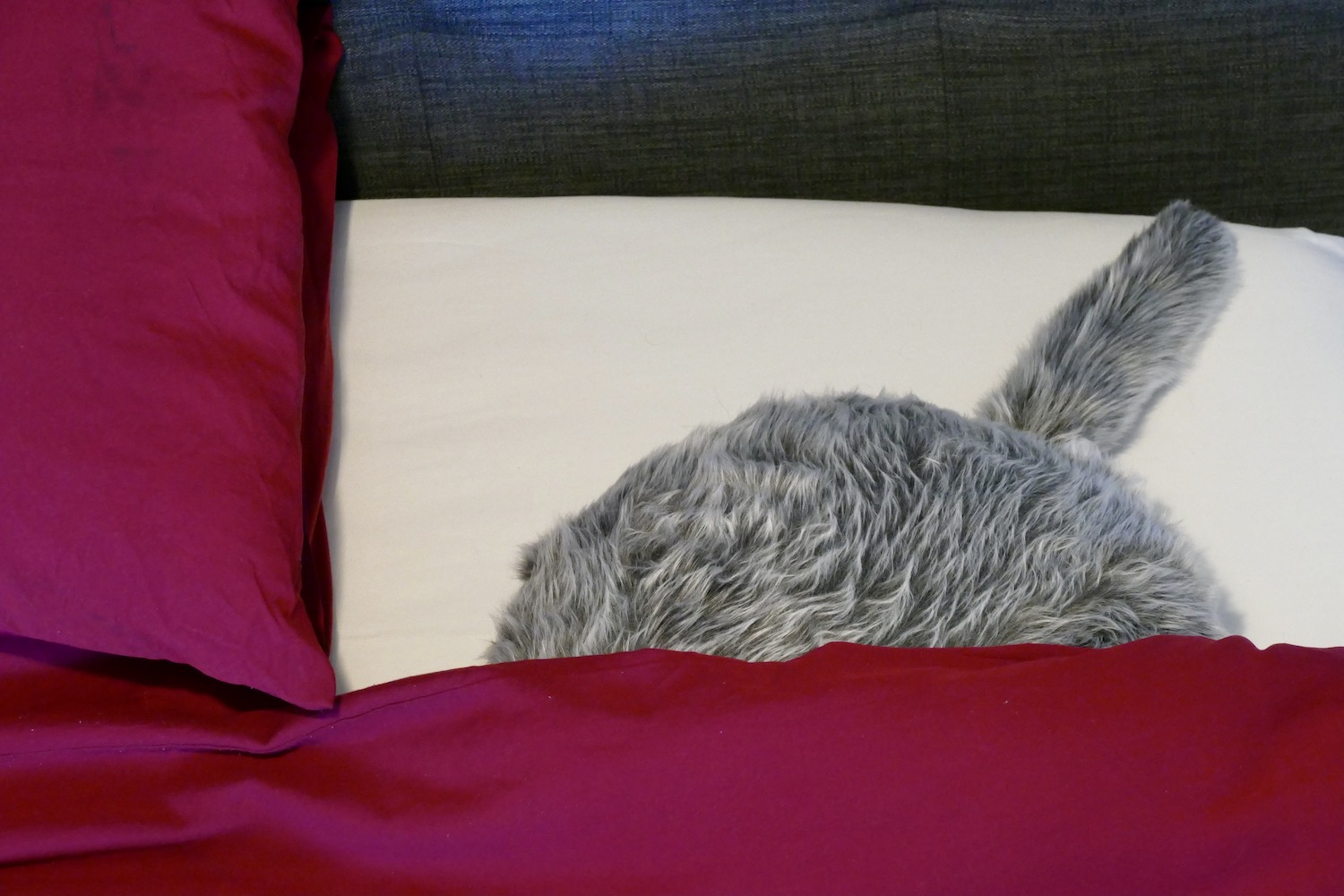
There have been many articles written about stroking pets being relaxing and good for anxiety and overall mental health, but what about robo-pets? In other words, is it interacting with another living being that lowers anxiety, or is the stroking motion, the feeling of fur, and a basic connection to something else that does it? Yukai Engineering has some positive research of its own on this subject, but it’s not the only one to have looked into how robots can help us.
For example, a small study by the University of Portsmouth in the U.K. found robots that mimic animal behavior could be “a useful alternative to traditional animal therapy” in sessions where a therapy dog would have traditionally been used. Another study by Israel’s University of Negev tested a robot called Paro, which looks like a seal, and found that an hour interacting with it boosted well-being and even reduced perception of pain. These are just a handful of studies looking into the subject. There’s clearly something there.

Robotic pets designed for therapeutic use usually hit the news when they’re used in senior living environments, or to treat serious conditions like dementia. However. the coronavirus pandemic has left many in the situation where interaction of any sort is limited, and like me, may not be able to have a real pet. Qoobo is ideal for this new and unexpected antisocial living situation.
Qoobo is simpler than specially designed therapy robots like Paro. It’s much less expensive, and fluffier, than complex robots like Aibo, and the cute, friendly design takes away any “medical device” stigma that may come along with products related to therapy. You’ve just got to overcome any self-consciousness that may come with owning, and admitting to gaining benefit from, a robot.
Does Qoobo really help?
Help from Qoobo, on any level, is extremely difficult to quantify. But what I can say is that watching TV and stroking Petit Qoobo, while Qoobo sits at the end of the couch occasionally wagging its tail, feels relaxing. It not only becomes a habit, but it never fails to make me smile, even if it’s at the absurdity of the situation. That’s something I wouldn’t be doing if they weren’t there and to me, this justifies Qoobo’s presence entirely.
https://twitter.com/AndyBoxall/status/1355085511803727874
When you don’t want to interact, having them “stacked” on a seat or next to the fireplace looks cute. Hearing the tails move when you’re not stroking them is amusing, and gives them a little bit of “life” outside of the movement prompted by you. Full-size Qoobo is more huggable than Petit Qoobo, if you’re inclined to do so, but Petit Qoobo is more portable and suited to sitting on a desk or table. Arguably, Petit Qoobo is a little cuter than Qoobo, but I’d rather you kept this between us, so as not to hurt any feelings.
They’re simple little things, with a simple personality. More hamster than dog.
The movement of the tails gives them some personality, and giving them names will help inject a little more, but if you’re looking for a meaningful relationship with an artificial creation, Qoobo probably won’t satisfy you. They’re simple little things, with a simple personality. More hamster than dog. However, I think this is OK. If you don’t want a pet because of the additional responsibility, bringing in an emotionally dependent robot probably wouldn’t be that desirable either.
Qoobo doesn’t really need much attention outside of charging. The internal battery lasted for about a week with the pair activated each evening, but not during the day. A USB charging lead is included, and it plugs into a rather private area of Qoobo’s body. The fluffy coats can be removed (I’ve not included pictures of this, so as to protect Qoobo and Petit Qoobo’s modesty) and washed if they get grubby.
Living the sci-fi dream
Qoobo is quite hard to buy at the moment, but that is starting to change. Successfully launched on various crowdfunding sites in early 2020, Qoobo cost $150 and Petit Qoobo cost around $80, and shipping has now begun. A release on Amazon is planned for the near future. Compared to most other robots, it’s surprisingly cheap.
If at this point you’re still incredulous, or worse are smirking or think the whole thing is just weird, you’re probably taking Qoobo a bit too seriously. They’re fun, cute, and for me, stroking Petit Qoobo or giving Qoobo a pat that’s a bit too firm, then seeing the tails react accordingly, makes me smile and chuckle to myself.
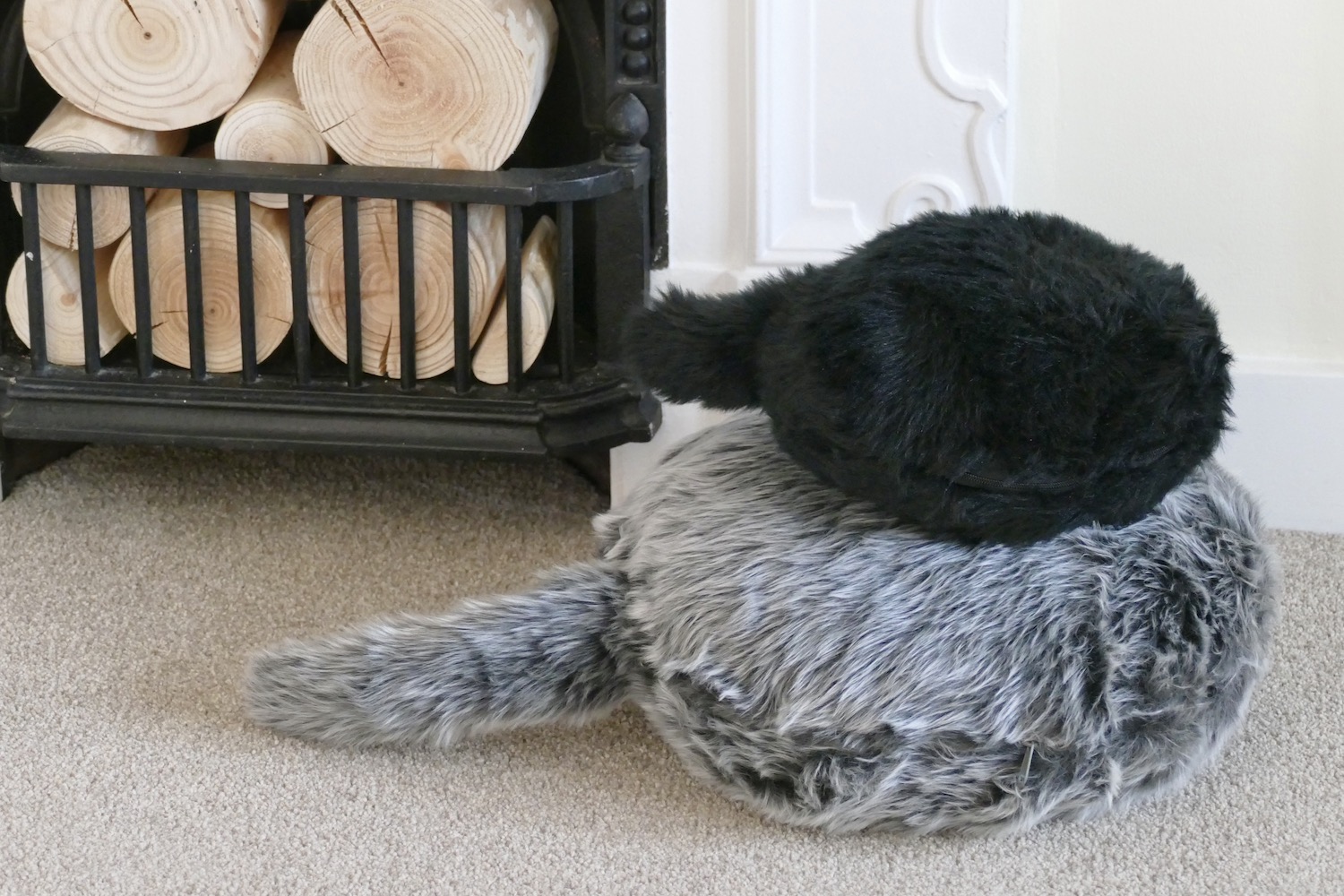
I don’t see Qoobo as a curio, a cute robo-pet, or a dedicated therapy device. I think of them as a mixture of all three, with a crucial sci-fi element that appeals to the person who grew up watching now-classic TV shows and movies where the protagonists often had robot sidekicks.
Whether it was R2-D2 in Star Wars, Muffit the Daggit in Battlestar Galactica (which incidentally, was a therapy robot before therapy robots were a thing), or Bubo the robot owl in Clash of the Titans, I spent my formative years hoping I’d one day be able to augment my life with some kind of droid. It has been possible for a while now, but Qoobo is the first to provide a tangible, real-world benefit to me personally.
I don’t mind admitting I’d miss both Qoobos if they suddenly went away. Sure, this may have as much to do with the situation surrounding the pandemic as it does with Qoobo’s influence on my daily life, but whether spending time with them in the evening really does alleviate my anxiety, or if it’s a placebo, is irrelevant. Qoobo does something, and that makes me very happy to have them around.
